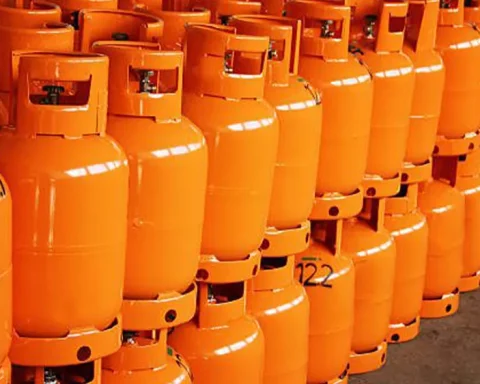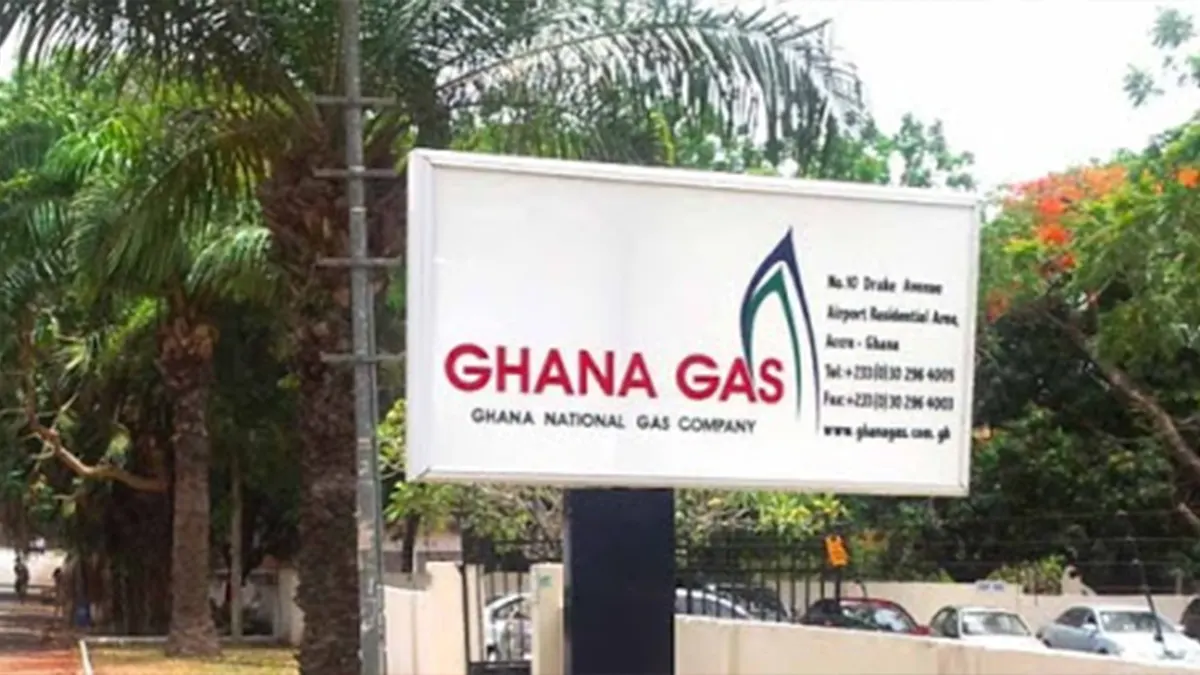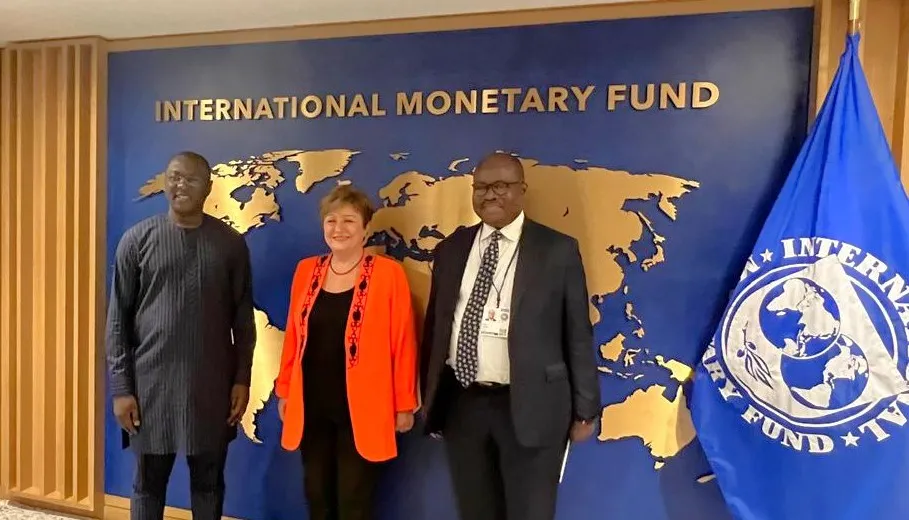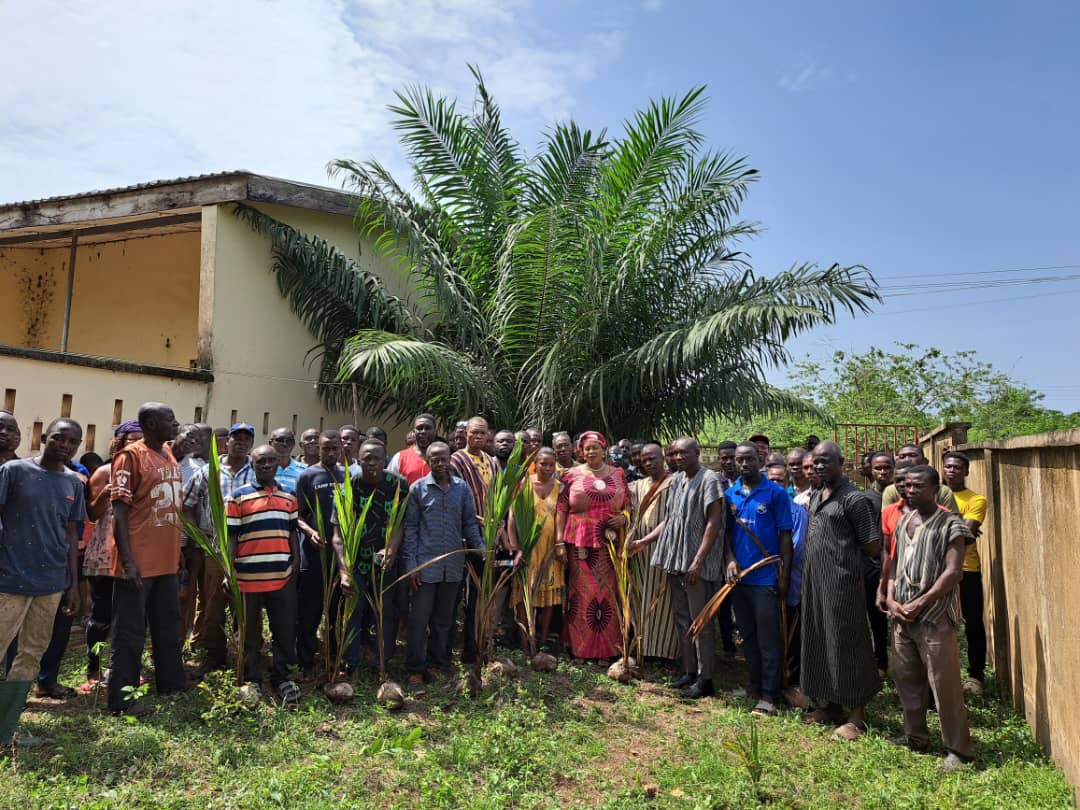Ghana's upstream petroleum sector incurred a significant loss of $300 million in natural gas due to flaring, according to the 2022 Annual Public Interest Accountability Committee (PIAC) Report on Management and Use of Petroleum Revenue.
The report highlights that the volume of gas flared in 2022 amounted to 25.3 billion cubic feet (bcf), marking a 19.3 per cent increase compared to the 21.2 bcf recorded in 2021. This alarming rise in flaring occurred concurrently with a surge in domestic consumption of liquefied petroleum gas (LPG), resulting in increased imports to meet the growing demand.
The flared gas accounted for approximately 10 per cent of the total gas production of 253.56 bcf, which included both Associated Gas (AG) and Non-Associated Gas (NAG) extracted from the Jubilee, Sankofa Gye-Nyame (SGN), and Tweneboa-Enyenra-Ntomme (TEN) oil fields.
Gas flaring involves the burning of natural gas associated with oil extraction, a wasteful practice that squanders a valuable resource that could otherwise be utilized for productive purposes, such as power generation or conservation.
In comparison to the 2021 gas production volume of 256.26 bcf, the total production in 2022 represented a decrease of 7.7 per cent.
The report, titled “The State of the Energy and Extractive Sectors of Ghana: Critical Reforms Required for Sustainable Economic Recovery,” was launched on April 20, 2023. It revealed that the gas-rich Sankofa Gye-Nyame (SGN) Field had the highest combined volume of AG and NAG production, amounting to 129.39 bcf. The Jubilee and TEN Fields produced 68.48 bcf and 55.68 bcf, respectively.
Further analysis of the report disclosed that gas production from the SGN Field witnessed a 6.4 per cent increase from 121.6 bcf in 2021 to 129.39 bcf in 2022.
During the same period, 3.56 bcf of gas was flared, while 52.87 bcf was utilized as injected gas. Additionally, 67.9 bcf of gas was exported to the Ghana National Gas Company (GNGC), and 4.07 bcf was used as fuel.
In the Jubilee fields, gas production decreased by 2.9 per cent from 70.53 bcf in 2021 to 68.48 bcf in 2022. Of the total gas produced, 17.43 bcf (25 per cent) was injected for pressure support and 3.76 bcf (5 per cent) powered gas turbine generators. Furthermore, 11.41 bcf (17 per cent) was flared on the Kwame Nkrumah Floating Production Storage Offloading Vessel (FPSO), while 35.88 bcf (52 per cent) was exported to the GNGC.
The TEN Field experienced a notable decline in gas production, dropping by 13.2 per cent from 64.13 bcf in 2021 to 55.68 bcf in 2022. Around 68 per cent of the gas produced in this field (38.03 bcf) was used for gas injection, while 10.33 bcf (19 per cent) was flared. Furthermore, 3.78 bcf (7 per cent) was exported to the GNG








